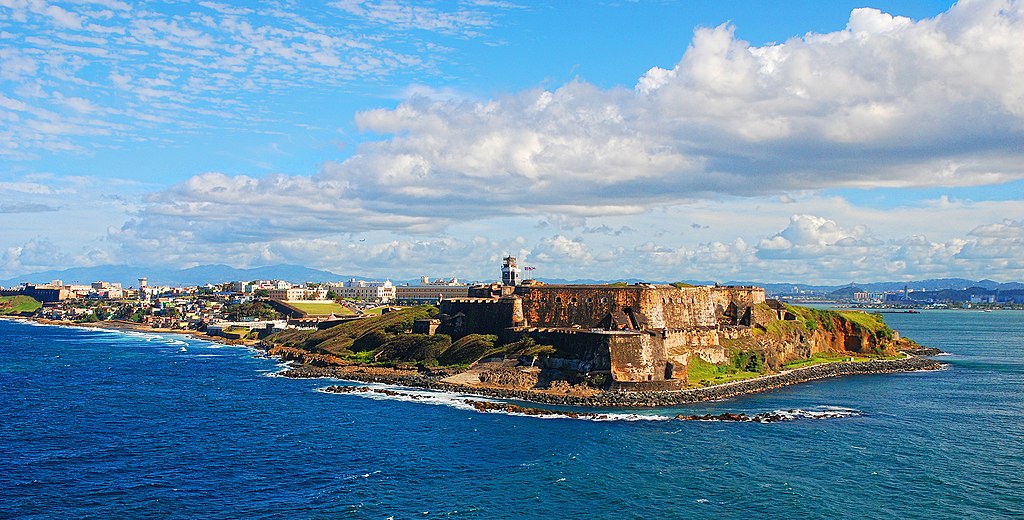From pv magazine USA
Puerto Rico’s 1.6 GWh of residential-sited batteries represents the “largest untapped virtual power plant” in the world, said Javier Rúa-Jovet, chief policy officer at the Solar and Energy Storage Association of Puerto Rico (SESA-PR).
Puerto Rico has also reached 680 MW of distributed-generation solar capacity, according to a US Department of Energy study – triple the amount of two years ago.
Rúa-Jovet credited the progress with batteries to Puerto Rico’s “professional, well-informed” transmission and distribution utility Luma Energy, as well as the private sector and “a good regulator.”
The amount of storage keeps growing, Rúa-Jovet said, as 4,500 rooftop solar systems are being added each month with a battery attachment rate of 100% and an average of 1.2 batteries per system. Puerto Rico’s storage “is going to deal with hosting capacity concerns at the distribution level,” he said.
Meanwhile, Puerto Rico’s newly launched battery emergency demand response program has created the first virtual power plant in Latin America and the Caribbean, he said. “Uptake is slow” for the pilot program, he noted, suggesting that the compensation offered to battery owners to participate in the program could be higher, or another program model could be tried.
Rúa-Jovet made his comments at a San Juan meeting headlined by US government officials to announce the summary findings of a study led by the National Renewable Energy Laboratory (NREL) to identify how Puerto Rico can reach 100% renewables.
It is “100% possible” for Puerto Rico to reach that goal by 2050, said US Secretary of Energy Jennifer Granholm, but “we’ve got to work harder” to reach 40% renewables by 2025.
The goals were set by Puerto Rico’s Act 17, enacted in 2019.
Popular content
SESA-PR President P.J. Wilson said that Puerto Rico hasn’t yet reached 10% renewables, and that reaching the law’s mandate of 40% renewables by year-end 2025, or coming as close as possible, is “what’s relevant.”
Six U.S. national laboratories said in a report last year that by rapidly deploying 3.75 GW of utility-scale solar and 1.5 GW of storage, as regulators had specified in 2020, Puerto Rico could reach 36% renewables by 2025, but that would require speedier procurement by PREPA, the utility that owns Puerto Rico’s generation units.
PREPA is managing the first of several utility-scale solar and storage procurements that were intended to fulfill the 40% renewables goal by 2025, while the Puerto Rico Energy Bureau is managing two more procurements, and Genera, which operates Puerto’s generation units, is managing a 400 MW procurement for large-scale storage.
Most of the projects in the PREPA procurement “are looking favorable to succeed,” Wilson said, “primarily because most of the viable projects have secured or are securing project support from DOE’s Loan Programs Office, which assumes up to 80% of the risk for the projects.” The success or failure of the two energy bureau procurements “hinges on the outcome” of the PREPA procurement, he added.
Rooftop solar and storage could provide 75% of Puerto Rico’s power, a report by nonprofit groups Cambio and IEEFA found in 2021. The report said that distributed solar and storage should be the focus for $9.6 billion in US Federal Emergency Management Agency (FEMA) funds allocated for Puerto Rico’s grid reconstruction.
In line with that recommendation, the Center for Biological Diversity filed a lawsuit in April 2023 to require FEMA to allocate funds designated for PREPA to rebuild the grid to fund distributed renewable generation.
Speaking at the San Juan meeting, FEMA Regional Administrator David Warrington said FEMA has “obligated over $10 billion towards stabilizing the energy grid, to get to the point where renewables are possible.”
The final NREL-led study on how Puerto Rico can reach 100% renewables by 2050 is expected to be released in March.
This content is protected by copyright and may not be reused. If you want to cooperate with us and would like to reuse some of our content, please contact: editors@pv-magazine.com.


By submitting this form you agree to pv magazine using your data for the purposes of publishing your comment.
Your personal data will only be disclosed or otherwise transmitted to third parties for the purposes of spam filtering or if this is necessary for technical maintenance of the website. Any other transfer to third parties will not take place unless this is justified on the basis of applicable data protection regulations or if pv magazine is legally obliged to do so.
You may revoke this consent at any time with effect for the future, in which case your personal data will be deleted immediately. Otherwise, your data will be deleted if pv magazine has processed your request or the purpose of data storage is fulfilled.
Further information on data privacy can be found in our Data Protection Policy.